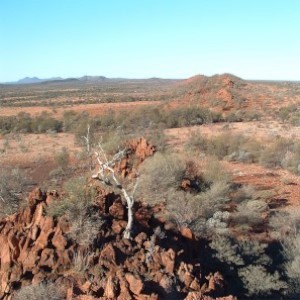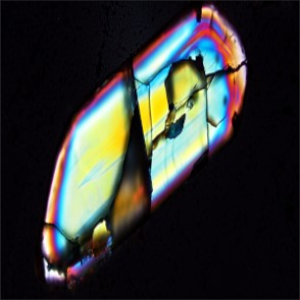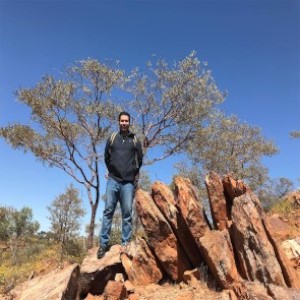The state of smart cities in MENA
11 December 2025
Published online 2 July 2024
A study suggests fresh water was present on the planet’s surgace hundreds of millions of years earlier than previously thought.

Scientists found what may be the oldest evidence of fresh water on land dating back to 4 billion years ago, which indicates that the hydrological cycle on Earth where water is transferred continuously between land, oceans and atmosphere started 500 million years earlier than previously thought.
“The hydrological cycle is fundamental to life, so finding evidence of the existence of fresh water more than 4 billion years ago paves the way for a very early start of life on Earth,” explains explains Hamed Gamaleldien, an assistant professor of earth sciences at Khalifa University in the UAE, and lead author of the study.

The new study, published in Nature Geoscience, found evidence that the motlen rocks in which zircon crystals in West Australia’s Jack Hills grew interacted with water during their formation. This proves that the hydrological cycle started earlier than the 3.2 billion years past studies had indicated.
Hugo Olierook, also a researcher at the School of Earth and Planetary Sciences at Curtin University in Australia, and co-author of the study explains that the Jack Hills area is one of the best places in the world to find ancient crystals in rocks.

The researchers examined the age and the oxygen isotopic rations of zircons in the area, and found that the newer zirons had heavy oxygen istope values, indicating interaction with seawater. Older zircons, however, had lighter oxygen isotopic rations that indicate interaction with freshwater.
“These light oxygen isotopes are usually the result of hot fresh water altering rocks several kilometresbelow the surface of the Earth, and finding evidence of fresh water on Earth 4 billion years ago means that terrestrial land was formed before that date. It is not possible to obtain fresh water without dry land running on it,” explains Gamaleldien.
Link to original article:
https://www.natureasia.com/ar/nmiddleeast/article/10.1038/nmiddleeast.2024.170
doi:10.1038/nmiddleeast.2024.206
Stay connected: